.webp)
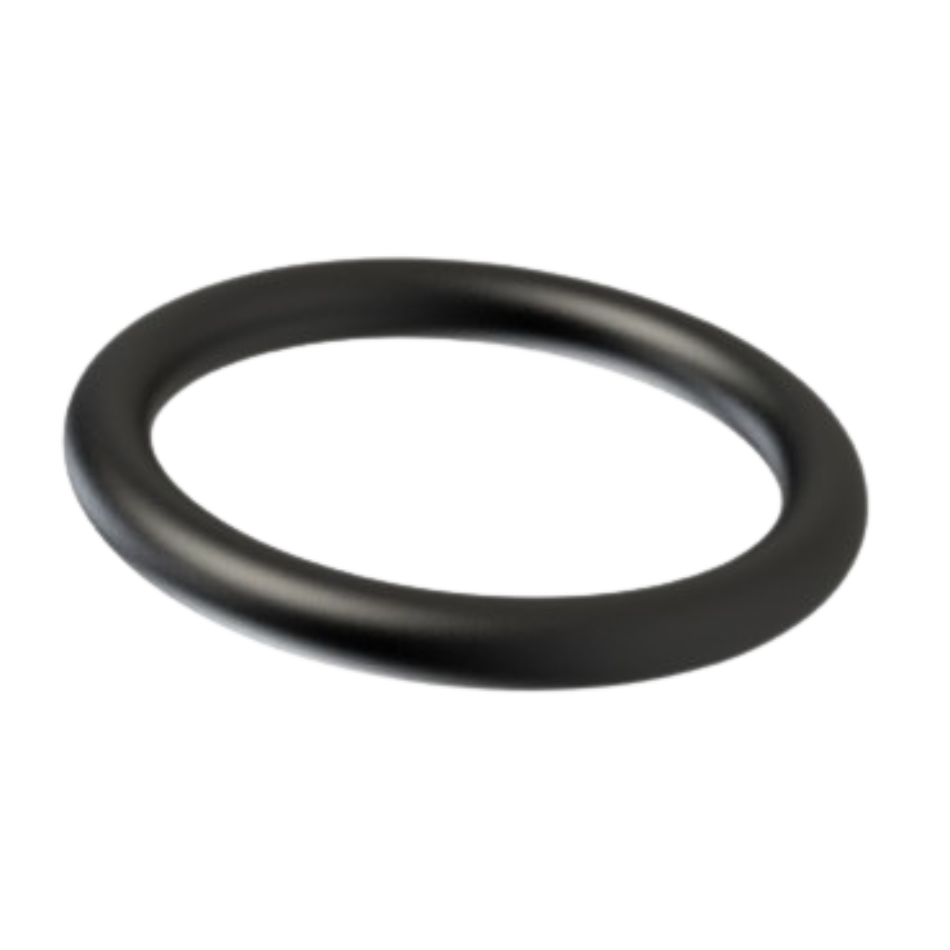
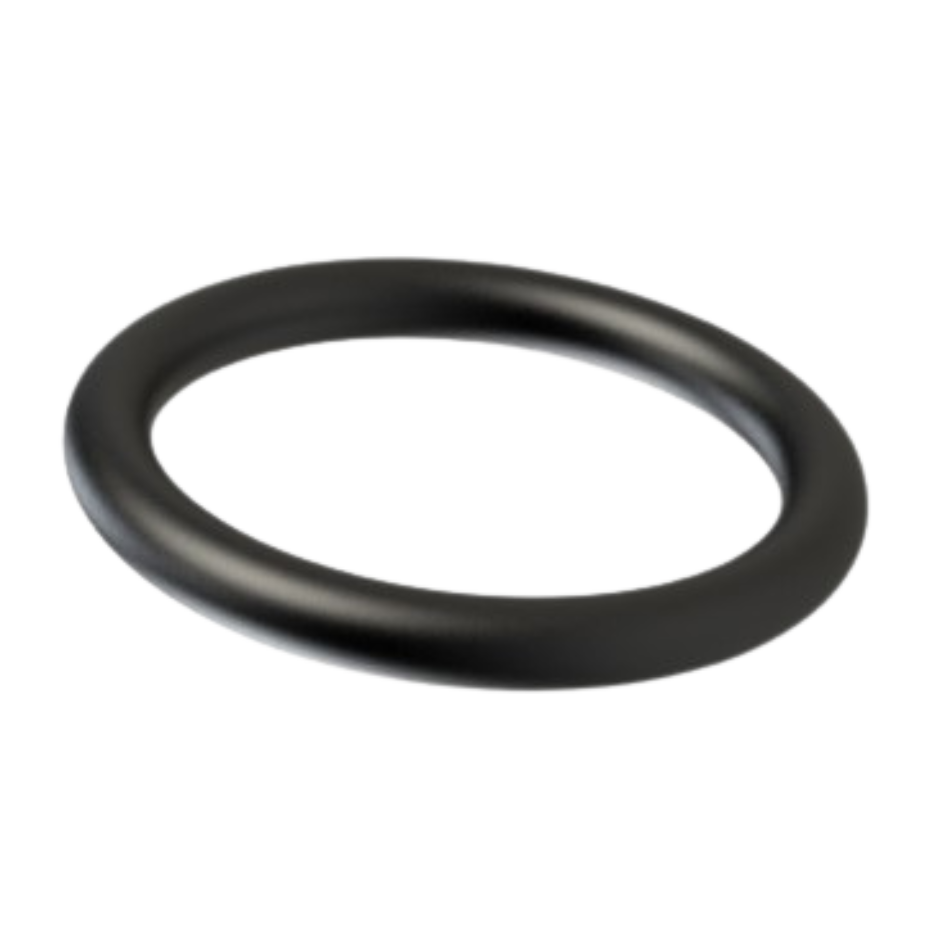
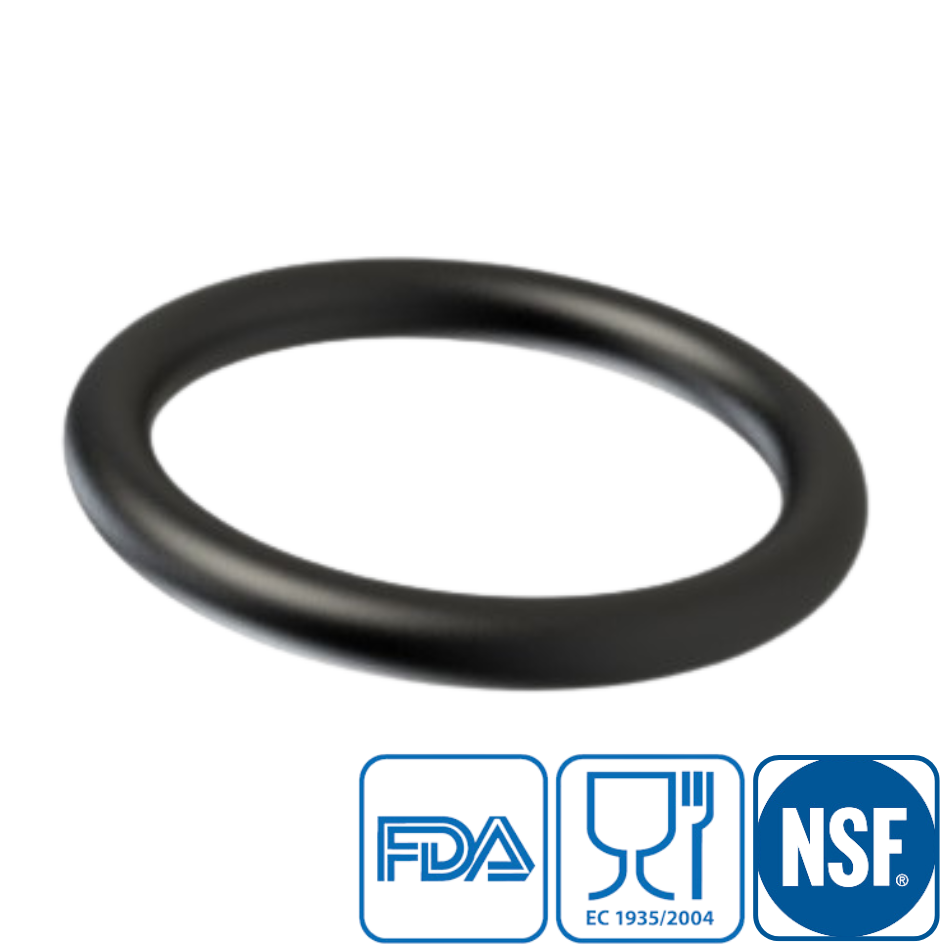

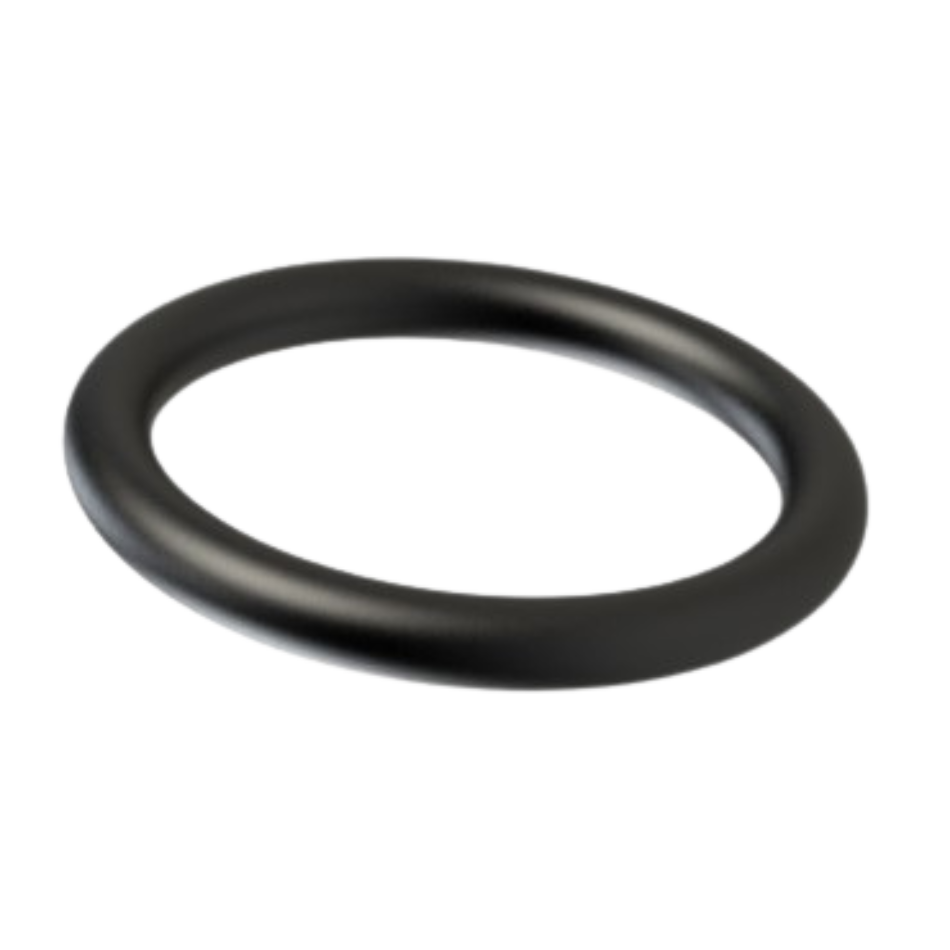
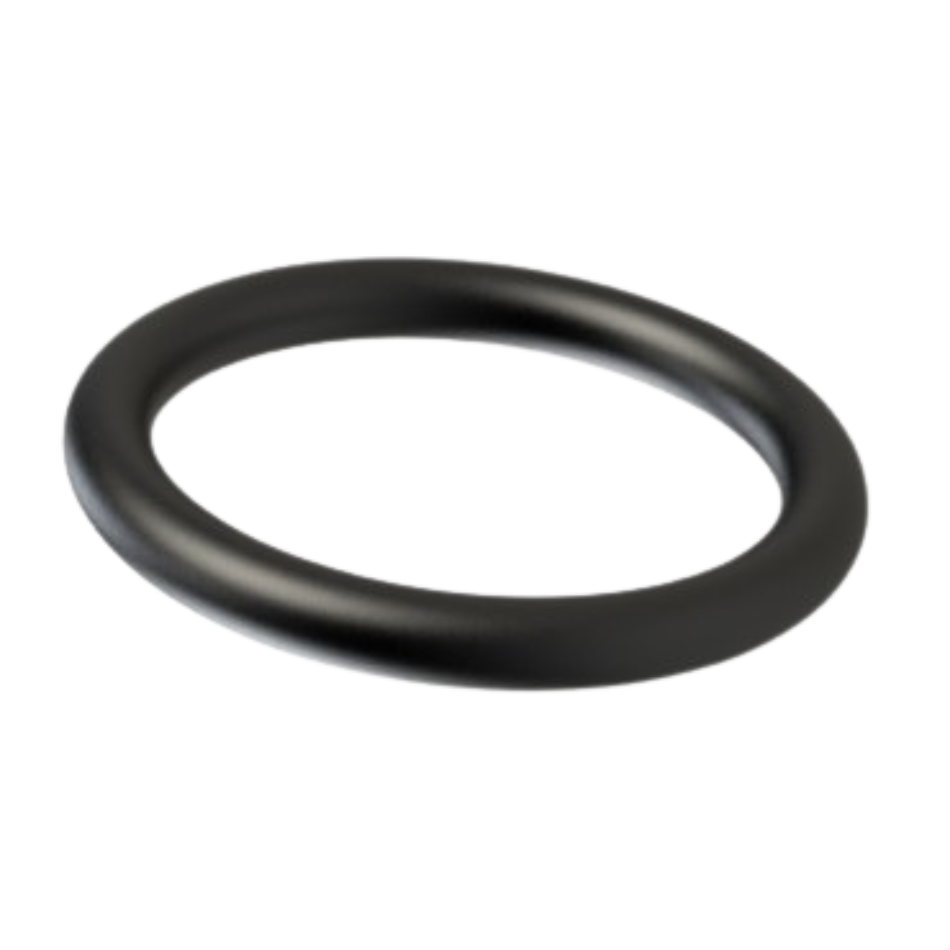
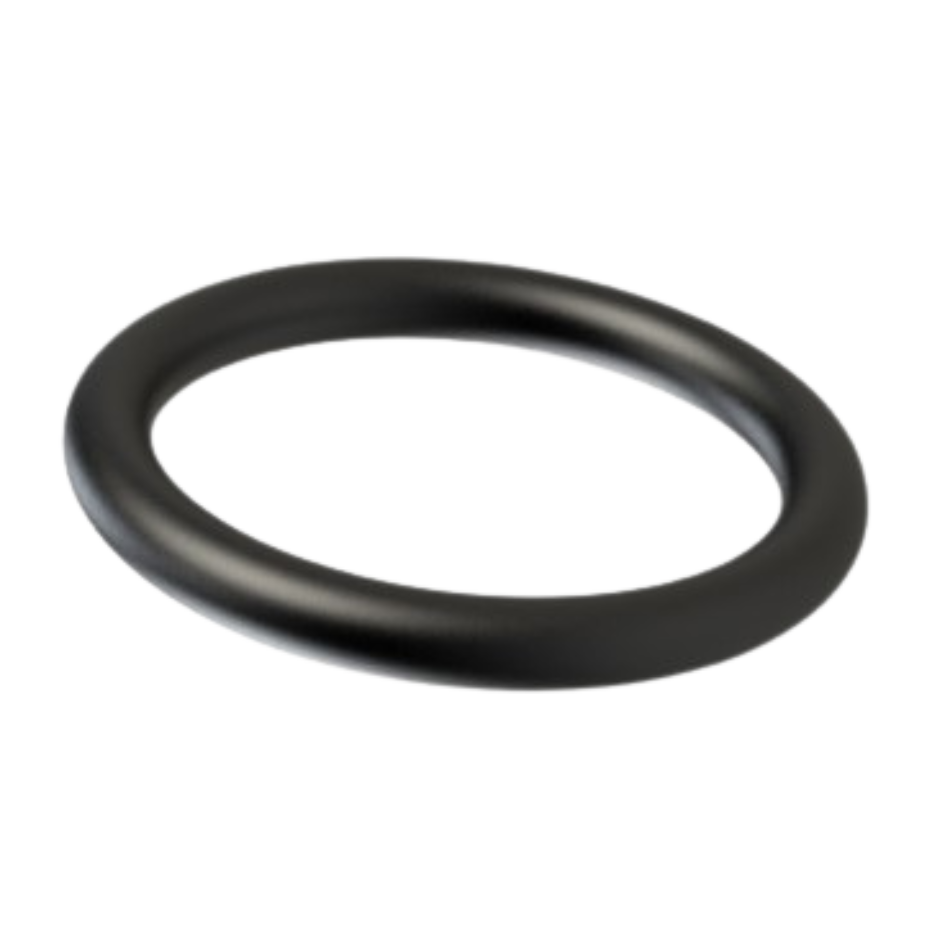
O-ring EPDM is a versatile and durable sealing solution used across a wide range of industries. This synthetic rubber is known for its excellent resistance to ozone, UV radiation, and harsh weather conditions. That makes it a solid choice for outdoor applications. From roof seals to window and door gaskets, O-ring EPDM provides long-term protection against environmental influences. EPDM O-rings stand out for their broad temperature range (-45°C to +150°C) and chemical resistance to acids, alkalis, and polar solvents. A reliable and proven choice. These specifications make them widely used in sectors where dependable sealing and long service life are required.
EPDM stands for Ethylene Propylene Diene Monomer. This synthetic rubber is known for its strong resistance to environmental factors like ozone, UV radiation and moisture. This makes O-ring EPDM ideal for outdoor or damp applications. The material maintains its flexibility across a wide epdm rubber temperature range of -45°C to +150°C, depending on the curing method. Additionally, EPDM is resistant to water, steam, and various chemicals such as acids and bases. This makes O-ring EPDM a popular choice for water pipes, HVAC systems and sanitary installations. Thanks to its versatility, EPDM is applied across several industries where a long-lasting seal is essential.
O-ring EPDM is made from ethylene and propylene monomers and can be enhanced with a third monomer (diene) to improve flexibility. This synthetic rubber is cured in one of two ways: with sulfur or with peroxide. Sulfur-cured EPDM is the standard variant, offering good general resistance. Peroxide-cured O-ring EPDM has higher thermal and chemical resistance, making it more suitable for extreme temperatures and aggressive substances. The choice between the two depends on the application and environmental demands.
O-ring EPDM is widely recognized for its excellent resistance to weathering, ozone and UV exposure. This makes it ideal for use in outdoor settings. The material retains its elasticity and sealing power even in moist and wet conditions, thanks to its strong water and steam resistance. On top of that, O-ring EPDM offers a temperature range of -45°C to +150°C (depending on the curing method). Its chemical resistance to acids, bases and polar solvents like alcohols and ketones makes it a solid pick for industrial use. The epdm temperature limit also ensures performance under fluctuating conditions.
O-ring EPDM comes with several advantages that make it a popular option for different sealing needs. The material resists UV radiation, ozone, and various weather types, making it perfect for outdoor use. It remains flexible across temperatures ranging from -45°C to +150°C, though this is dependent on the curing method. Its water and steam resistance makes O-ring EPDM a great fit for sanitary installations, HVAC systems and plumbing applications. It also offers high chemical resistance against acids, bases and polar solvents like alcohols and ketones. The combination of durability, flexibility and dependability makes this seal widely used in construction and industrial sectors. A true all-rounder for long-term sealing under varying conditions.
O-ring EPDM is built to withstand ozone, UV radiation and extreme weather. This keeps the material flexible and effective for long periods, even under sun and rain exposure. These characteristics make it an excellent option for outdoor use, including seals in windows, doors and roofing systems. The rubber prevents aging and brittleness, which extends the life of the seal. Because of its durability, O-ring EPDM is often chosen for applications requiring long-term resistance to external influences.
Thanks to its strong resistance to water and steam, O-ring EPDM is an excellent choice for use in water pipes, HVAC systems and sanitary installations. The material maintains both its elasticity and sealing power, even after prolonged exposure to wet and humid conditions. In systems where water and steam are continuously present, O-ring EPDM helps prevent leaks and maintains performance over time. This makes it a flawless choice for both industrial and residential applications.
O-ring EPDM is suitable for various temperatures, making it highly versatile. Sulfur-cured EPDM offers an epdm rubber temperature range from -45°C to +130°C. Peroxide-cured EPDM can handle even more, with values from -55°C to +150°C. Thanks to its flexibility, O-ring EPDM retains its elasticity and sealing performance even under extreme temperatures. These o ring epdm variants are ideal for systems exposed to frequent thermal fluctuations, such as HVAC, piping and industrial installations. With its wide epdm temperature range, this material ensures long-term reliability in challenging environments.
O-ring EPDM is well-known for its chemical resistance and withstands a wide variety of substances, including alcohols, ketones, organic and inorganic acids, and bases. This makes it highly suitable for industrial and sanitary environments where exposure to chemicals is common. Even when used in systems with polar solvents or harsh acids, O-ring EPDM maintains sealing integrity. Its stability under different loads and temperatures adds to its performance where chemical compatibility is key.
Thanks to its reliable sealing characteristics and material flexibility, O-ring EPDM is commonly used in many industries. It has high tolerance to water, steam and UV, making it ideal for plumbing, HVAC and sanitary systems. In construction, it’s often chosen for sealing roofs, windows and door frames. The combination of durability and weather resistance makes the EPDM O-ring a strong candidate for outdoor applications with long-term exposure. In chemical and industrial sectors, O-ring EPDM is effective for sealing systems that come into contact with acids, bases and polar fluids. The material's long service life and flexibility reduce maintenance and downtime. Its stable epdm temperature limit ensures the seal performs consistently even under varying conditions.
O-ring EPDM is a safe and reliable option for use in water systems and sanitary installations. Thanks to its resistance to both water and steam, it provides dependable long-term performance in pipes and fixtures. For use with drinking water, special O-ring EPDM types are available with certifications like KIWA, WRAS and FDA. These certified versions comply with strict hygiene and quality standards for both domestic and commercial systems.
O-ring EPDM is also widely used in HVAC systems and industrial equipment due to its resistance to heat, moisture and steam. It performs reliably in heating and cooling circuits, air conditioning units and ventilation systems. Additionally, O ring EPDM resists contact with acids and bases, making it suitable for demanding industrial operations. In areas where thermal changes and humidity are frequent, O-ring EPDM offers an ideal combination of durability, sealing ability and thermal flexibility.
Although O-ring EPDM is well-known for its resistance to ozone, UV and weather conditions, there are also some important limitations to consider. EPDM offers limited resistance to oils, greases and hydrocarbon-based solvents. Prolonged exposure to these substances can degrade the material and reduce its sealing capabilities. In addition, EPDM is not well-suited for use with aromatic oils, concentrated acids, strong bases or certain brake fluids. It also has a relatively high compression set, which means it may experience permanent deformation after long-term mechanical loading. As a result, sealing effectiveness may decline over time. It's important to evaluate whether O-ring EPDM is compatible with your specific application before use.
Another drawback of O-ring EPDM is its limited resistance to certain chemicals and fuels. While it performs well against water, steam and low-concentration acids and bases, the material can be attacked by aromatic oils, solvents and fuels. Exposure to these substances may cause degradation of the rubber, leading to a loss of flexibility and sealing performance. Brake fluids in particular can be harmful to EPDM, so careful consideration of the operating environment is crucial.
Besides chemical limitations, O-ring EPDM also has mechanical drawbacks. Its relatively high compression set means that the material may not fully return to its original shape after being compressed for long periods. This permanent deformation can negatively affect sealing performance, especially in static connections or clamped systems. In applications where seals are under constant pressure, this may lead to leaks or reduced effectiveness. For such use cases, it’s important to assess whether O-ring EPDM is the right choice.
When selecting an O-ring EPDM, it’s important to know the difference between sulfur-cured and peroxide-cured versions. Sulfur-cured EPDM is the standard and most economical option. It offers good resistance to ozone, UV and aging, making it suitable for outdoor and industrial use. Peroxide-cured O-ring EPDM, on the other hand, has better thermal and chemical resistance. It can withstand temperatures up to +150°C and performs better in applications involving steam and aggressive chemicals. That’s why peroxide versions are often used in the food industry and medical sector. The right choice depends entirely on the specific requirements of the sealing environment.
If you’re looking for a durable and dependable seal, O-ring EPDM is a solid choice. Known for its resistance to water, steam, UV radiation and ozone, it’s ideal for outdoor and humid environments. Thanks to its chemical resistance, it handles exposure to acids and bases while remaining flexible within a broad temperature range. O-ring EPDM is especially suitable for HVAC systems, plumbing and industrial setups. We offer a wide selection of EPDM O-rings in various sizes, including certified versions with KIWA, WRAS and FDA approval for use with drinking water. Whether you need a standard or peroxide-cured seal (also FDA and EC1935/2004 certified), we have a solution to fit your needs. Need expert advice? Contact us for recommendations or request a free quote.